Wanting to know what to use instead of food in your sensory bins? Although rice and dried beans may be common sensory bin fillers, you don’t have to use food items! Take a look at all the awesome non food sensory bin fillers below that are just as simple to find and set up!
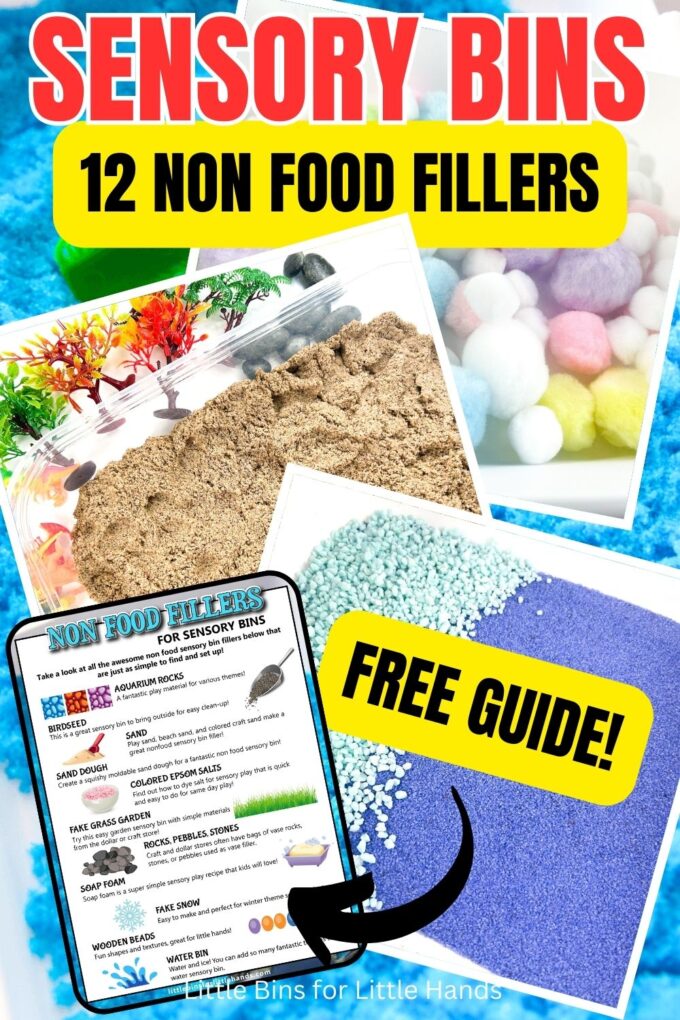
The Benefits Of Sensory Bins
Are sensory bins worth it? Yes, they are worth it. The more basic you keep the sensory bin, the better off you are. Remember, you create a tactile experience for your kids, not a Pinterest image. While we have fantastic pictures of sensory bins, they only stay that way for a minute!
Sensory bins are awesome hands-on tools for children to learn about their world and senses! Sensory play may calm a child, focus a child, and engage a child.
Note: Adult supervision is always advised for kids who may try to eat the materials.
Here’s what children can learn from sensory bins:
Practical Life Skills ~ Sensory bins let a child explore, discover and create play using practical life skills (dumping, filling, scooping) and learn valuable play skills.
Play Skills {emotional development} ~ For both social play and independent play, sensory bins allow children to play cooperatively or side by side. My son has had many positive experiences with other children over a bin of rice!
Language Development ~ Sensory bins increase language development by experiencing all there is to see and do with their hands, which leads to great conversations and opportunities to model language.
Understanding 5 Senses ~ Many sensory play bins include a few of the 5 senses! Imagine a bin of brightly colored rainbow rice: touch the loose grains against the skin, see the vivid colors as they mix together, and hear the sound of sprinkling over a plastic container or shaken in a plastic egg!
Did you add a scent like vanilla or lavender? Please do not taste uncooked rice, but there are plenty of sensory play options that you use edible ingredients like our worms in magic mud!
However, sometimes sensory bins can create a little or a lot of mess! This is where we have you covered. Read on for all the tips and tricks for making setting up and packing away sensory bins much easier!
Get Your Free Non Food Sensory Bin Guide

Favorite Non Food Sensory Bin Fillers
Here are our favorite nonfood sensory bin fillers to try! They are easy to find, inexpensive, and just as fun as their food counterparts.
Click on the links below to find great ways to play with these non food sensory bin fillers! I am sure you will find the perfect non food sensory bin filler to use right away!
The possibilities are endless for ideas to fill your sensory bins or tubs with non food sensory bin items! Soapy water is also fun too!
SAFETY: We no longer support using water beads for sensory bin filler due to the increased safety issues.
Aquarium Rocks
This non-food sensory bin filler is a fantastic play material for various themes, including construction, ocean, and space, due to the variety of colors available! Add a favorite book, puzzle, or STEM activity for a fantastic afternoon of hands-on learning! Find it in your local pet store!
TRY: Space Sensory Bin
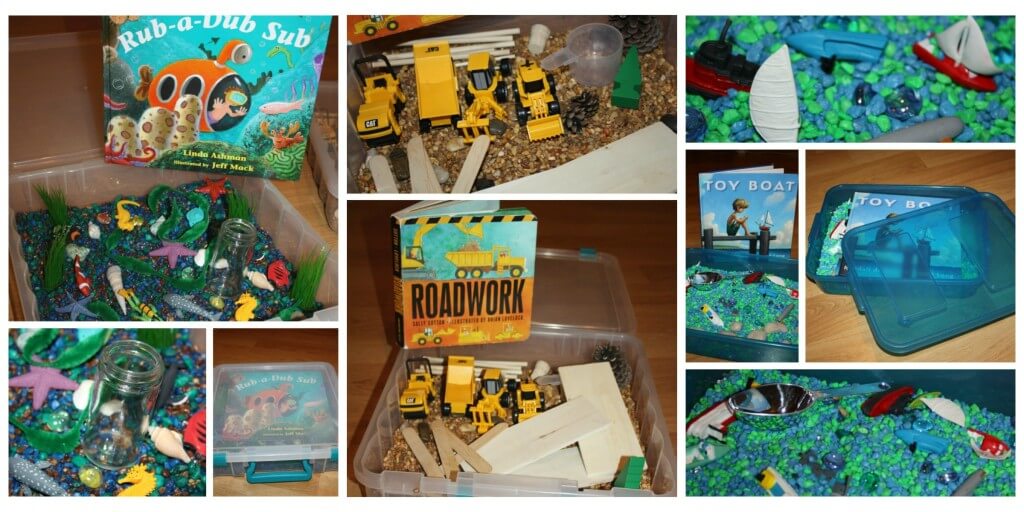
Here is a combination of aquarium gravel and craft sand! Keep in mind that these materials will get mixed together very quickly. While multiple fillers make for a fun presentation, I would consider adding just one type of sensory bin filler to your bin.
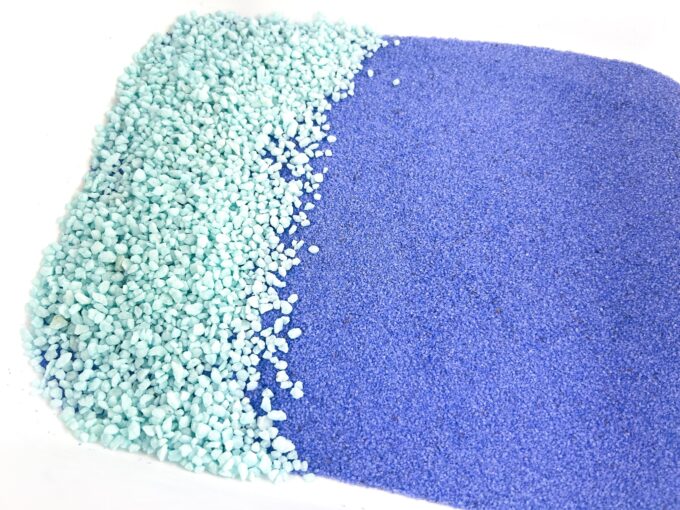
Birdseed
An easy non-food sensory bin filler, and you can make these birdseed ornaments when finished. This is a great sensory bin to bring outside for easy clean-up!
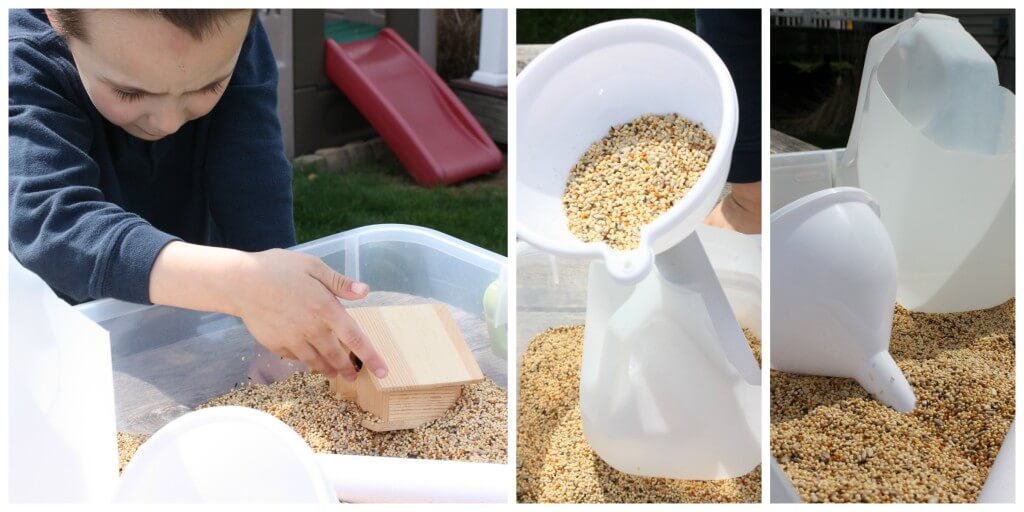
Craft Sand or Moldable Sand
Play sand, beach sand, colored craft sand, and moldable make a great nonfood sensory bin filler that you can use repeatedly. Make DIY Kinetic Sand!
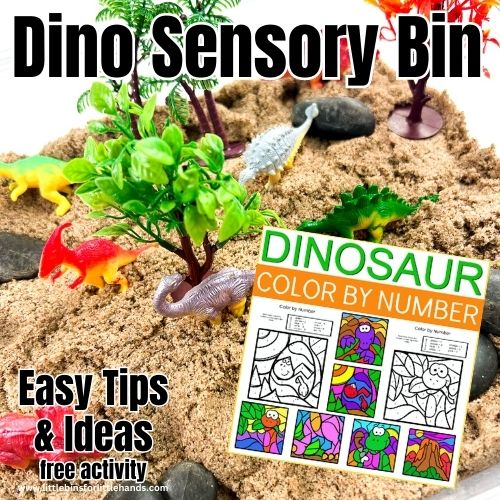
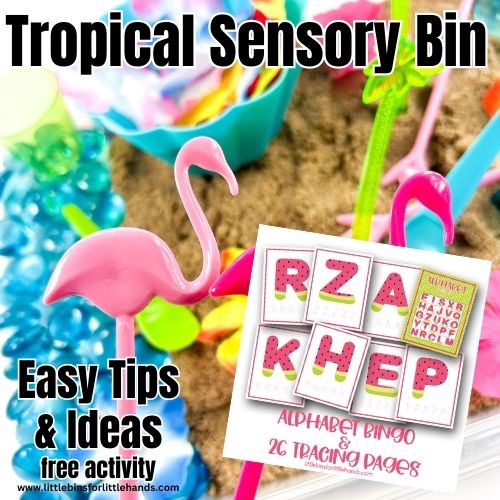
Use a combination of craft sand and aquarium rocks or just craft sand to create an ocean sensory bin.
Live near a beach? Grab a bag of sand! Want to simulate a beach in a bin? Buy a small bag of play sand! You can find bags of shells at a craft store like Michaels.
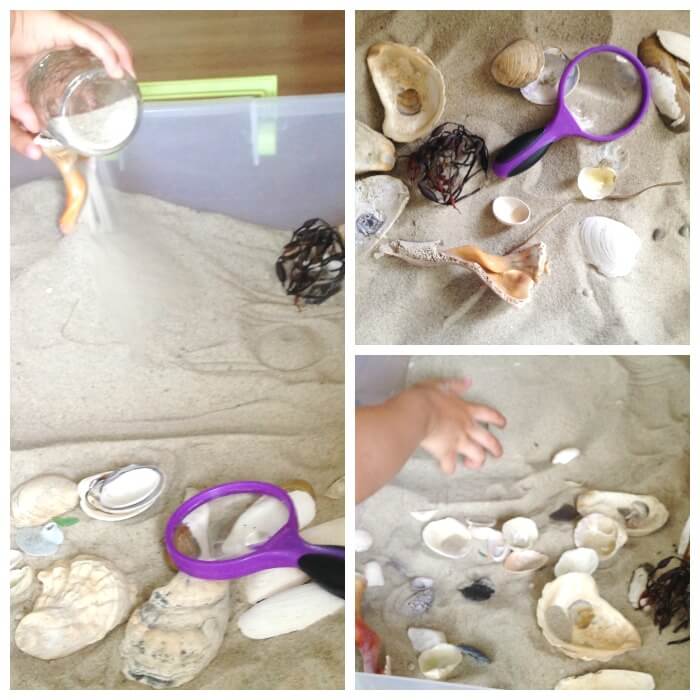
Sand Dough
Create a squishy moldable sand dough for a fantastic non food sensory bin!
Clean Mud
A little messy but a little clean! Learn how to make clean mud for a unique sensory play experience.
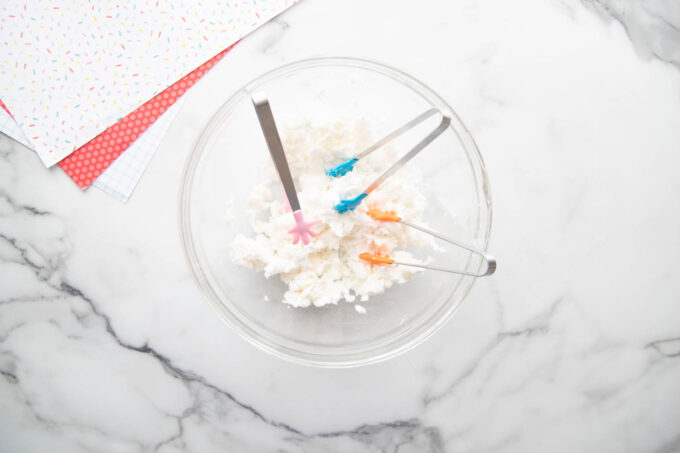
Epsom Salts
Want to make your own colored Epsom Salts? How to Color Salt for Sensory Play
Fake Grass (Garden)
Try this easy garden sensory bin with simple materials from the dollar or craft store!
Rocks, Pebbles, Stones
Craft and dollar stores often have bags of vase rocks, stones, or pebbles used as vase filler. This is a fantastic material to add as a sensory bin filler or to add to other sensory bin fillers. Go ahead and add water, too…maybe a few plastic frogs.
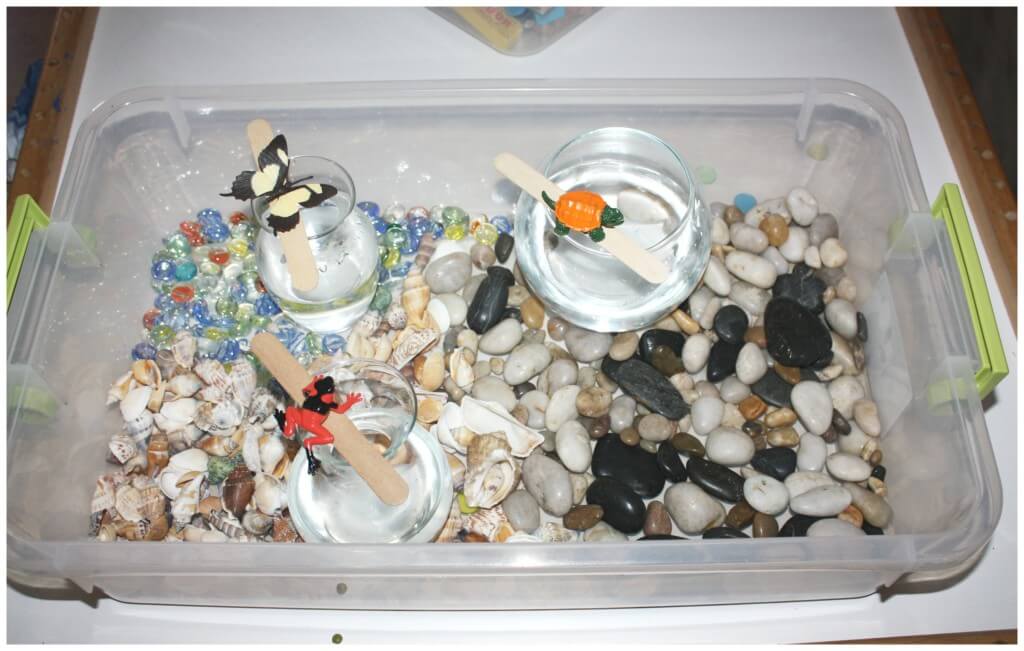
Crinkle Paper
You can add crinkle paper to any non food sensory bin, or it can be the main sensory bin filler! The crinkle paper creates an ocean theme sensory bin with plastic seashells (table scatter). This type of paper is considered a gift wrapping material and can be found in the dollar store
Making paper with shredded paper is also a fun sensory experience!
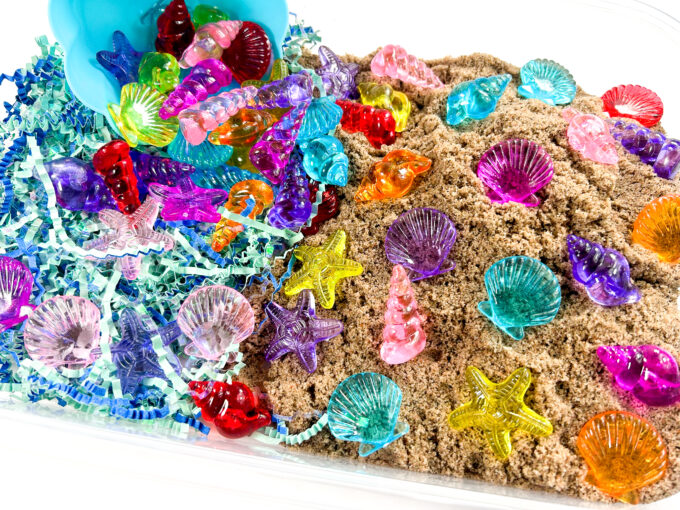
Fake Snow
Fake snow is easy to make and perfect for winter theme sensory play! See here how to make fake snow. Or you can easily purchase fake snow that simply needs water added!
Wooden Beads
We used wooden beads to create these fun fall theme sensory bins!
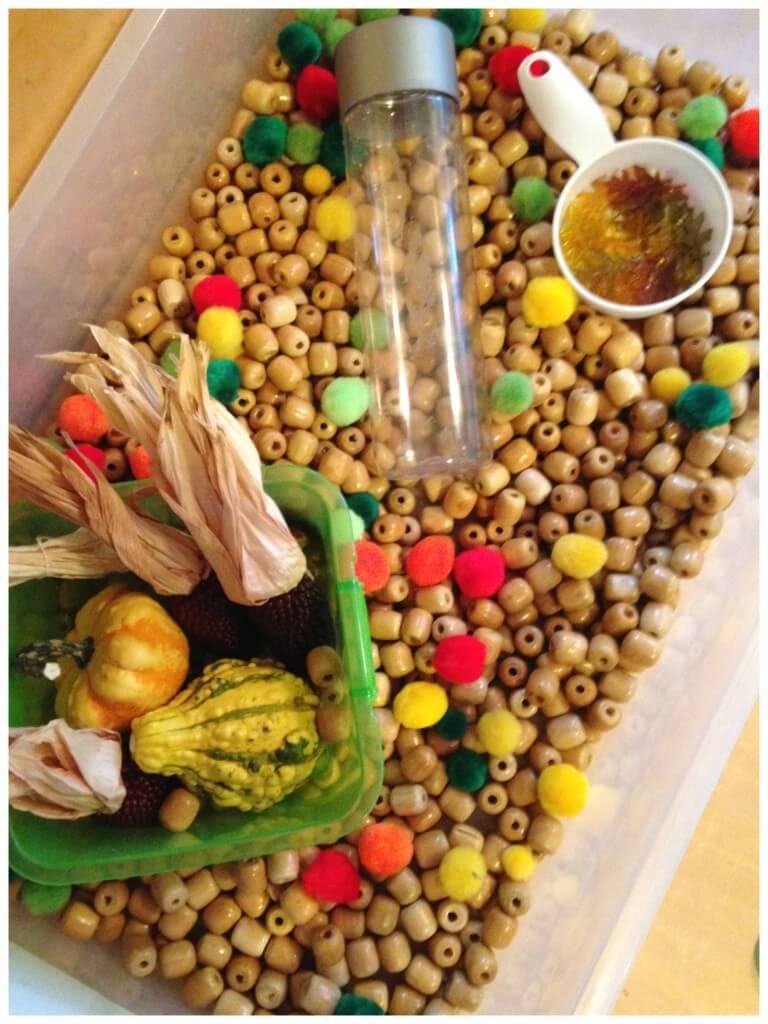
Nature Materials
Go on a nature hunt in your backyard or a local park for fallen items you can use in a sensory bin. You may find some real bugs, or you can add plastic bugs. However, just in case, you may want to enjoy this sensory bin outside!
Soap Foam
Water makes one of the easiest non food sensory bin fillers to use. But what about soap foam as a fun alternative?
Pom Poms
A colorful and inexpensive craft material that makes a fun non food sensory bin filler!
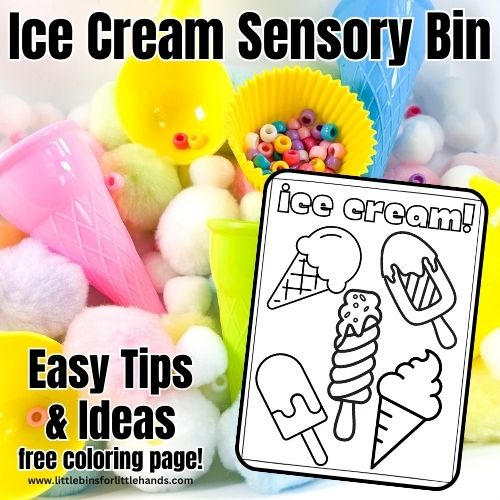
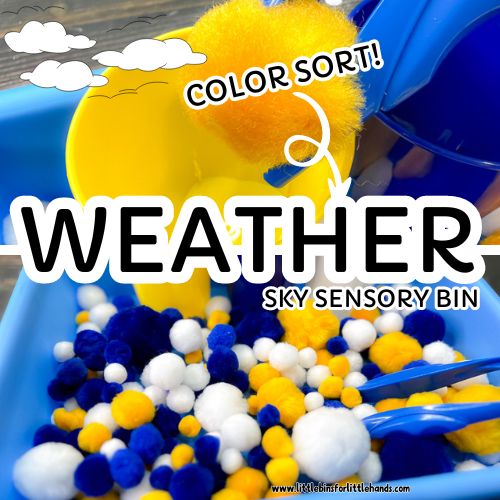
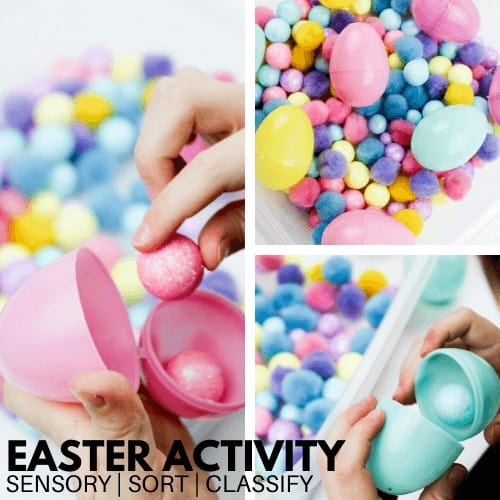
Poly Pellets or Stuffing Beads
With the size and texture of rice, these stuffing beads are a good alternative for a non food sensory bin filler.
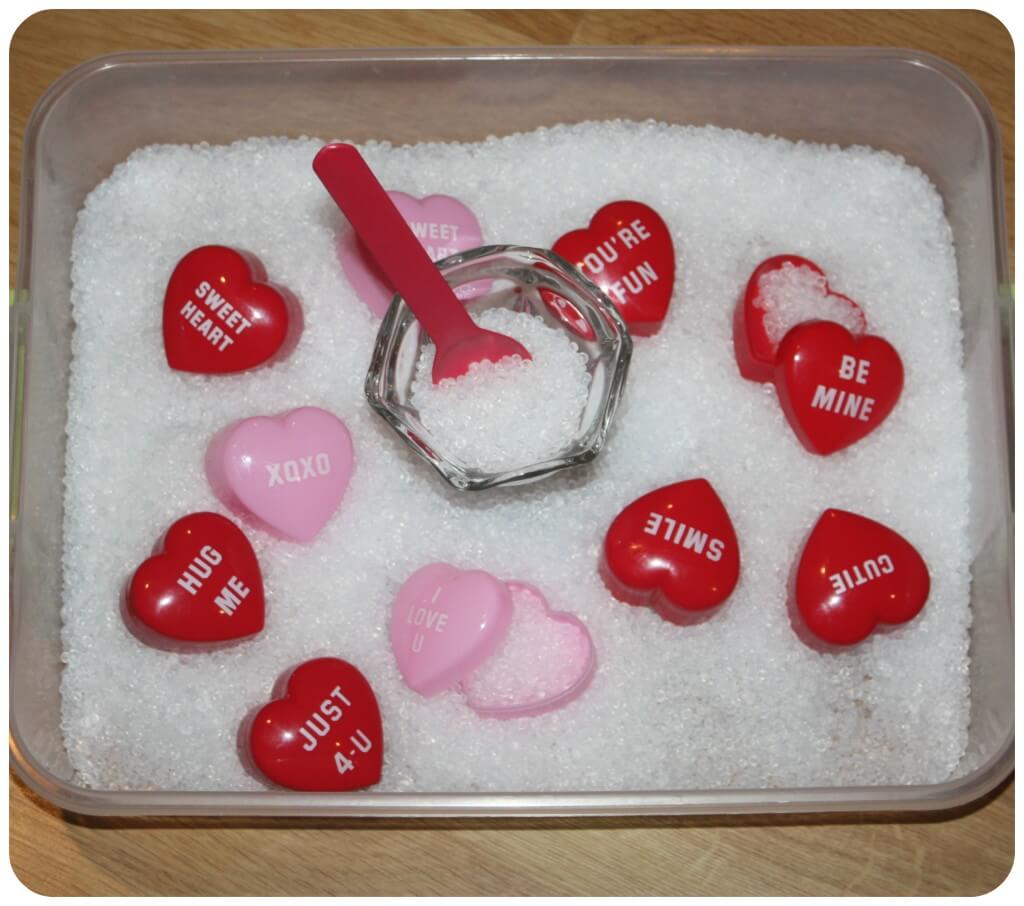
Water
Remember one of the best sensory bin filters… water and ice! You can add so many fantastic themes to a water sensory bin. Below we started with frozen flowers to create this flower water sensory bin.
Water is such an easy sensory bin filler, check out 12 water sensory bin ideas!
We hope you have found a fun new non food sensory bin filler to try or new ways to use the non food sensory bin fillers you already have! Happy playing!
Non Food Sensory Bin Fillers To Avoid The Mess
While nothing is wrong with these fillers, I find them extra messy to clean up!
- Fake snow that is used for Christmas displays
- Styrofoam bits, beads, or pellets
- Bulk confetti
Check Out These Helpful Sensory Bin Resources
There’s so much more to learn about sensory bins and sensory play.
Click on the image below or on the link for more fun and easy sensory activities for kids!


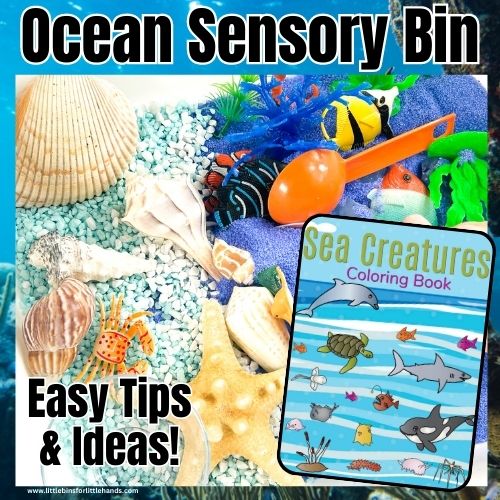


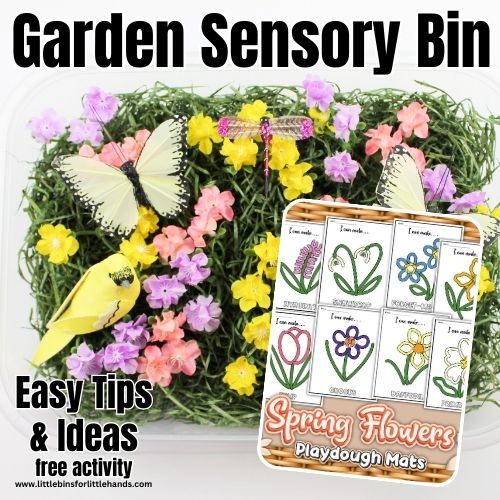

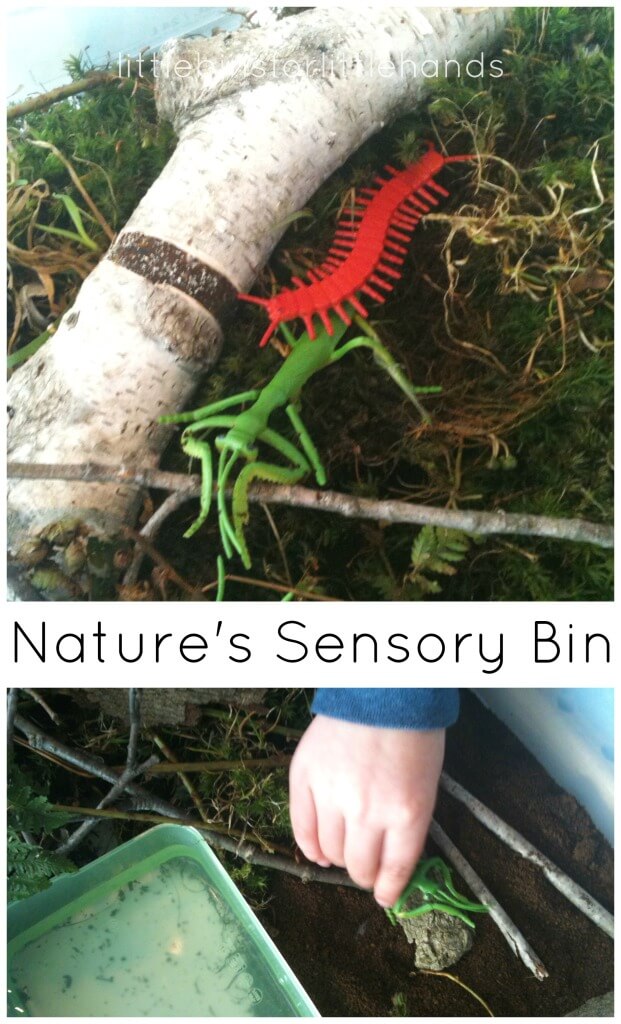
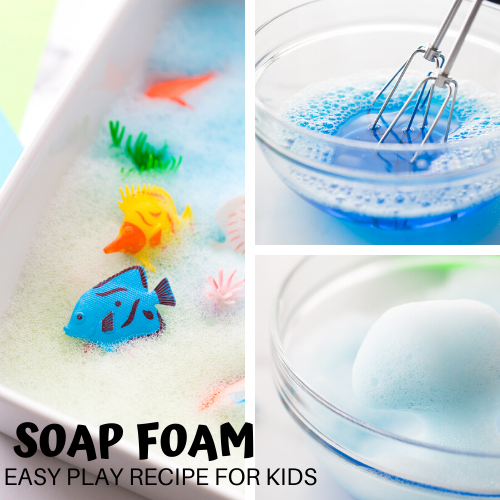
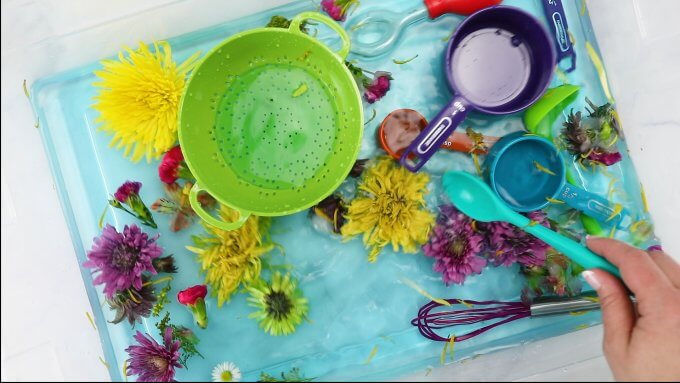
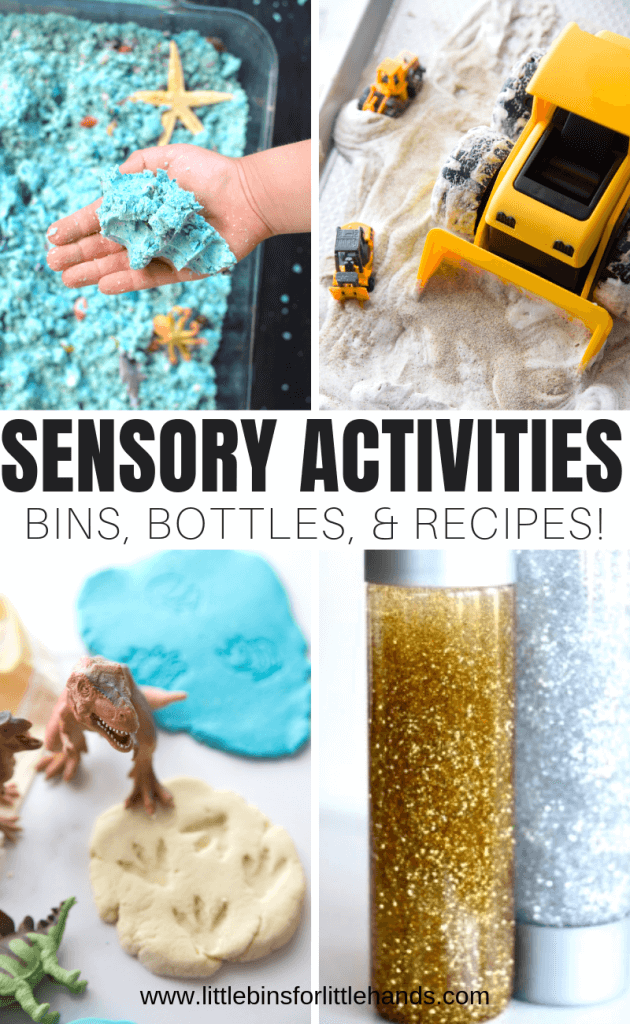






What’s your suggestion for the best area to set these up? Outdoors? Kitchen? Do you leave them available for the kids or only for some time of play an then put it up?
Thanks for posting these great ideas – we are not supposed to use food in our sensory bins or crafts
I often use a sensory bin of clear glass marbles (I beleive I got them at IKEA years ago). But they’re great – albeit a little noisy!
Those bags of gems at the craft store they use for vase fillers make great sensory bins but yes noisy!
One thing I learned in all my years of teaching young children – they need a good amount of access to sensory items that can pour, flow over their hands and that they can watch falling.Not just preschoolers, but primary students and beyond. Many of the non-food items don’t meet that requirement. I find so many teachers are more concerned that thier sensory bins are matching their theme, or look pleasing, rather than meeting the children’s needs! Therefore I feel that rice is such a good option, or sand if you have worries about children playing in food. Birdseed (which I think technically is food?) or polyfill beads are good ideas, if you have children who will not injest them. My students often had not outgrown the exploration phase and put everything in thier mouths, so please use caution with everything in the bins if you work with children at that level. My suggestion is that if you change out the bin to something that does not flow – don’t leave it very long, go back often to something that meets the children’s need to pour and experience the movement/flow of the material.